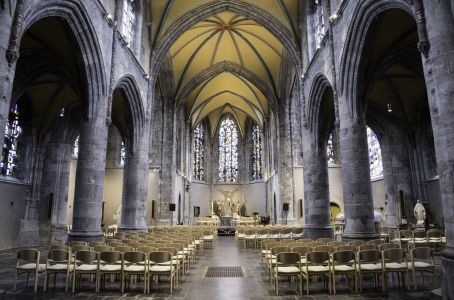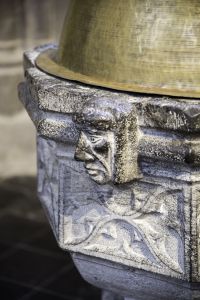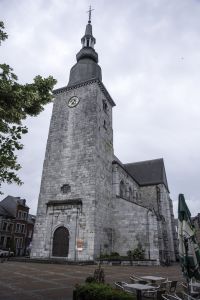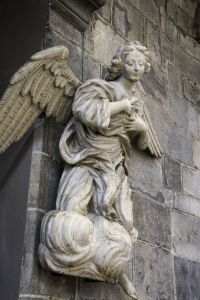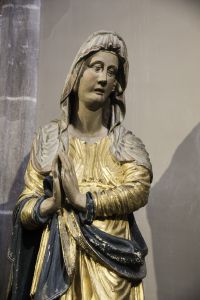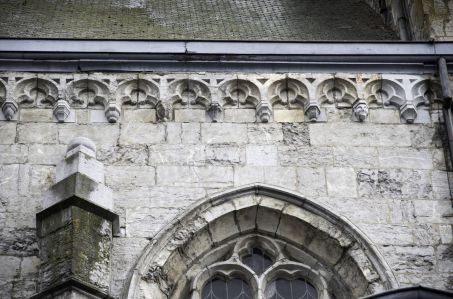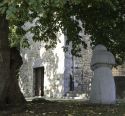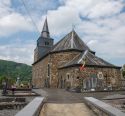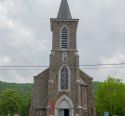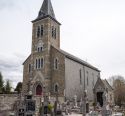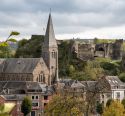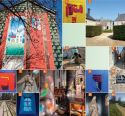Church | 1500-1715 | Gothic | Catholic Church



Map
Opening hours
01 January - 31 December
Mon 9.00 - 18.00
Tue 9.00 - 18.00
Wed 9.00 - 18.00
Thu 9.00 - 18.00
Fri 9.00 - 18.00
Sat 9.00 - 18.00
Sun 9.00 - 18.00
Guided tour
Maison du Tourisme du Pays de Marche & Nassogne
+32 84 34 53 27 • infotourisme@marche.be
Religious offices
01/04 - 31/10
Monday - Tuesday - Thursday : 6.30 pm
Wednesday - Friday : 8.30 am
Saturday : 6 pm
Sunday : 8 am - 10.30 am
01/11 - 31/03
Monday - Tuesday - Thursday : 5.45 pm
Wednesday - Friday : 8.30 am
Saturday : 6 pm
Sunday : 8 am - 10.30 am
Description
Very present in the urban landscape of the city thanks to its Baroque bell tower, the current Gothic edifice with the look of limestone dates from around 1500 and replaces a structure founded without a doubt in the 9th century, which was destroyed probably by the fire of 1484.
It consists of three naves with three bays and a transept that is high but not protruding with a choir with three sections preceded by two right bays. Naves with openwork of moulded windows in ‘tiers-point’ with Flamboyant style tracery.
A great tower pierced with a classical portal dated 1715.
Very plain interior punctuated by arcades of ‘tiers-point’ whose mouldings simply fade into the columns. Significant collection of sculpted heads on the springing of archways and of ribs as well as under the cornices of the great nave that announce the Renaissance and a world full of change with the famous "In Praise of Folly" by Erasmus, published in 1509. Numerous works of art in polychrome wood and other pieces from the 15th and 19th centuries.
KIKIRPA : Photo-library online




